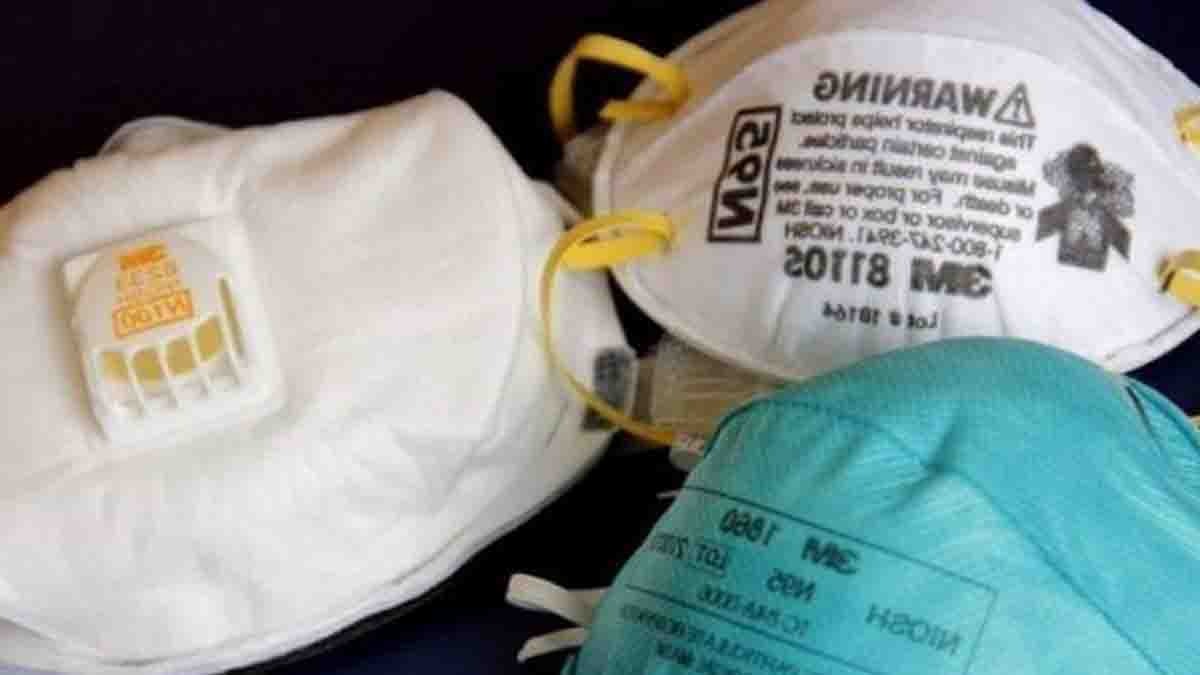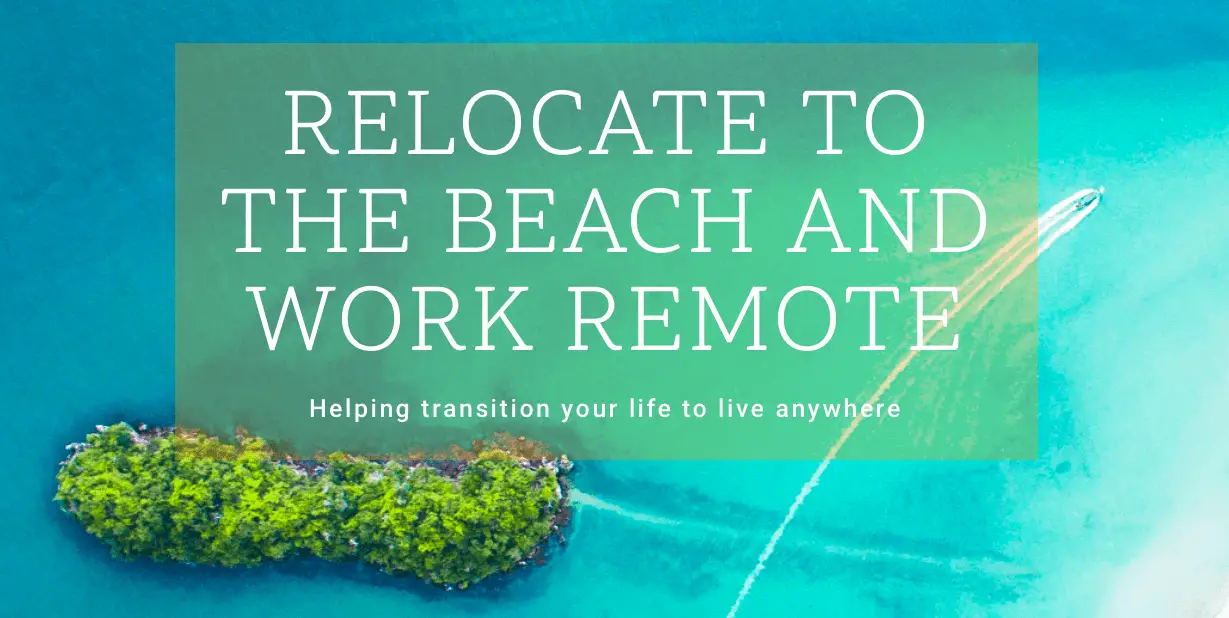
The prototype to disinfect N95 masks from COVID-19, developed by scientists from the Tecnológico de Costa Rica (TEC) and the private company Plasma Innova, officially passed all the national tests and is ready for the next phase: tests in an international laboratory certified by the World Health Organization (WHO).
The investigation arises from a request made by the Costa Rican Social Security Fund (CCSS) to the TEC, through the Mechatronics Engineering Lab to help with the creation of specialized equipment, in case of a shortage of supplies due to the Pandemic facing the country.
Precisely, it is a prototype that uses two types of disinfection combined: irradiation with ultraviolet light and plasma activated air. The first of these, irradiation with ultraviolet light, is an internationally validated method.
In this way, Costa Rican scientists already know how long the mask should be placed in the light and at what distance. It is also easy to implement. The second, plasma activated air, is the novelty of the TEC device.
But how does plasma activated air work?
Inside the chamber, the air is converted into plasma and molecules are generated that purify any object that is inside: lenses, pens and N95 masks, among others. One of those molecules is ozone.
“Ozone is an unstable molecule and reacts very well with fats (just like that of the enveloping viruses and bacteria); that is, the trend of ozone when in contact with the COVID-19 Virus, would be to break its shell and kill it, explained TEC scientist, Marta Vílchez.
According to Vílchez, TEC chose to work with Plasma Innova, being a national company, with Tico scientists (many graduated from TEC) and with extensive knowledge in the management of plasma-activated ozone. For the device to reach the health centers of Costa Rica, the validation of three tests are necessary:
- Physical integrity (national test): The check was carried out in the bacteriology laboratory of the National Children’s Hospital. “The device passed the test and it was validated that our disinfection system irradiates for long periods of time without the mask deforming,” said project coordinator and TEC scientist, Marta Vílchez.
- Prove that it actually disinfects (national test): The verification was made in the laboratories of the Faculty of Microbiology of the University of Costa Rica (UCR), where very promising studies were carried out with highly resistant microorganisms, including: E. coli, Staphylococcus aureus, Salmonella, Listeria, Candida, Aspergillus and Bacillus.
“With each microorganism we use an initial concentration of one billion. For example, we use one billion E. coli,” explained Dr. María Laura Arias, director of the UCR’s laboratory for microbiology of water and food. The microorganisms were placed in the N95 masks and tested with different exposure times (one, five and 20 minutes) inside the TEC chamber.
“The time that worked best was 20 minutes. In all cases, except for Bacillus, the number of microorganisms dropped to 100 or less; that is, they dropped from a billion to 100. This is wonderful! And, most importantly, in no case did the mask deform ”, says the Doctor.
“Bacillus microbes, meanwhile, fell from a billion to 100,000. This occurs because Bacillus is a sporulated bacterium, which makes it very resistant. However, COVID-19 is a less resistant germ than sporulated bacteria. So, despite the fact that we have not evaluated COVID-19 as such, with these data we can infer that tit would not resist in the chamber”, she pointed out.
- Prove that the chamber annihilates the Virus (International test): The last step is to prove that the camera kills the Virus itself. The problem is that in Costa Rica there are no cultivated COVID-19 strains. “The strains are handled in international laboratories certified by the WHO. We are not yet able to advance information on this, as we are in negotiations, but we hope to have good news to report to the country soon,” said the TEC scientist.

